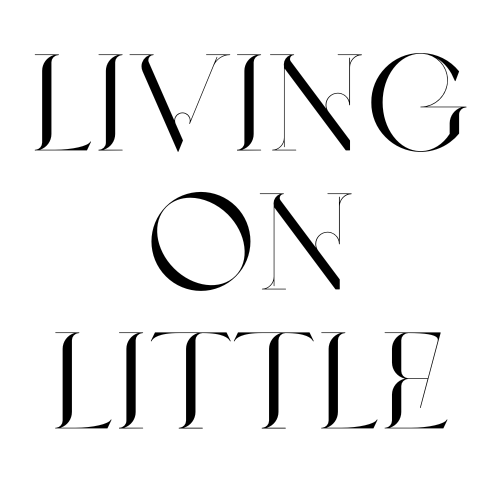In today’s fast-paced society, achieving a healthy work-life balance can feel like an elusive goal. Many individuals struggle to juggle their professional responsibilities with personal commitments, leading to stress and burnout. However, prioritizing work-life balance is essential for overall well-being and productivity. In this blog, we’ll explore the significance of work-life balance, its benefits, and practical strategies to achieve harmony in your life.
What is Work-Life Balance?
Work-life balance refers to the equilibrium between professional responsibilities and personal life. It involves managing your time and energy effectively to ensure that neither work nor personal commitments dominate your life. Achieving work-life balance is not about dividing your time equally; rather, it’s about finding a sustainable approach that aligns with your values and priorities.
Benefits of Work-Life Balance
- Reduced Stress: A healthy work-life balance can significantly reduce stress levels, leading to improved mental health and overall well-being.
- Increased Productivity: When you prioritize self-care and personal time, you’re more likely to return to work feeling refreshed and focused, ultimately enhancing your productivity.
- Better Relationships: Balancing work and personal life allows you to spend quality time with family and friends, strengthening your relationships and support network.
- Enhanced Job Satisfaction: Employees who maintain a healthy work-life balance are often more satisfied with their jobs, leading to increased motivation and engagement.
- Improved Physical Health: Prioritizing personal time allows for regular exercise, healthy eating, and adequate rest, all of which contribute to better physical health.
Strategies for Achieving Work-Life Balance
- Set Clear Boundaries:
- Establish boundaries between work and personal life. Communicate your availability to colleagues and supervisors, and avoid checking work emails or messages during personal time.
- Prioritize Tasks:
- Use a task management system to prioritize your responsibilities. Identify urgent and important tasks, and focus on completing those first. This will help you manage your time more effectively and reduce feelings of overwhelm.
- Create a Schedule:
- Learn to Say No:
- It’s important to recognize your limits. Politely decline additional responsibilities or commitments that may interfere with your work-life balance. Saying no can free up time for what truly matters to you.
- Utilize Technology Wisely:
- Leverage technology to enhance your productivity, but also set limits on its use. Use apps and tools that help you stay organized, but avoid letting technology intrude on your personal time.
- Take Breaks:
- Incorporate regular breaks throughout your workday. Short breaks can boost your focus and creativity, while longer breaks can provide a much-needed reset. Use this time to stretch, take a walk, or engage in a quick mindfulness exercise.
- Practice Self-Care:
- Prioritize self-care activities that nourish your mind, body, and soul. Whether it’s exercise, meditation, reading, or spending time with loved ones, make time for activities that bring you joy and relaxation.
- Communicate with Your Employer:
- If you’re feeling overwhelmed, consider discussing your workload with your supervisor. Open communication can lead to adjustments that support a healthier work-life balance, such as flexible hours or remote work options.
- Reflect and Adjust:
- Regularly assess your work-life balance and make adjustments as needed. Life circumstances change, and it’s important to adapt your approach to maintain harmony.
- Embrace Imperfection:
- Understand that achieving a perfect work-life balance every day is unrealistic. Some days may require more focus on work, while others may prioritize personal life. Be kind to yourself and recognize that balance is a dynamic process
Conclusion
Achieving work-life balance is essential for maintaining your overall well-being and happiness. By implementing practical strategies and setting clear boundaries, you can create a harmonious life that allows you to thrive both personally and professionally. Remember, balance is not a destination but a continuous journey. Prioritize what matters most to you, and embrace the flexibility that comes with finding your unique equilibrium.

